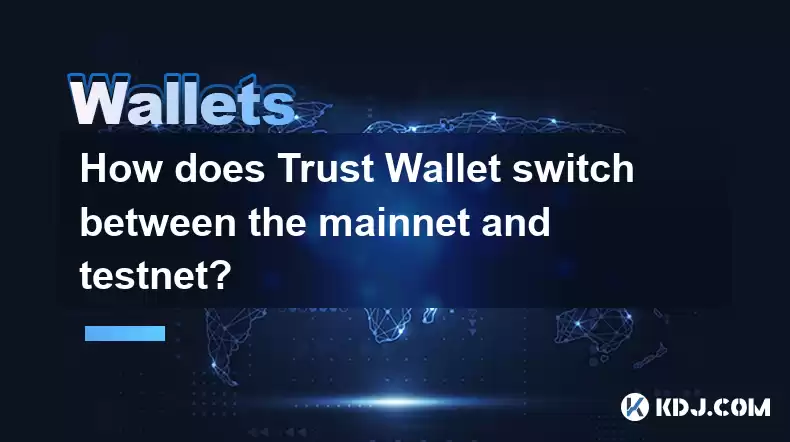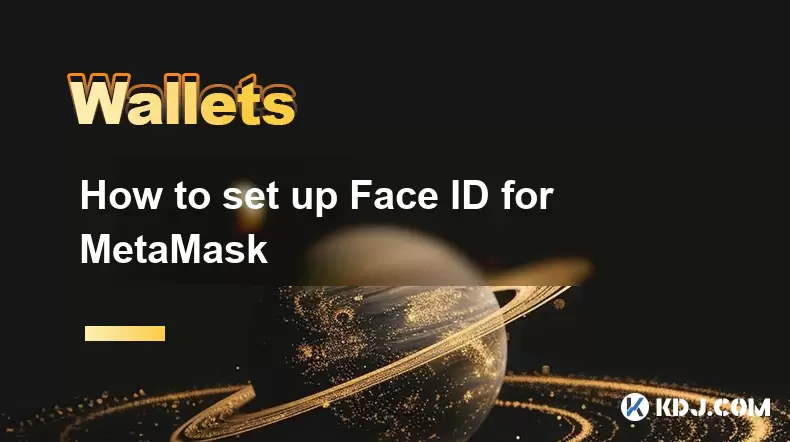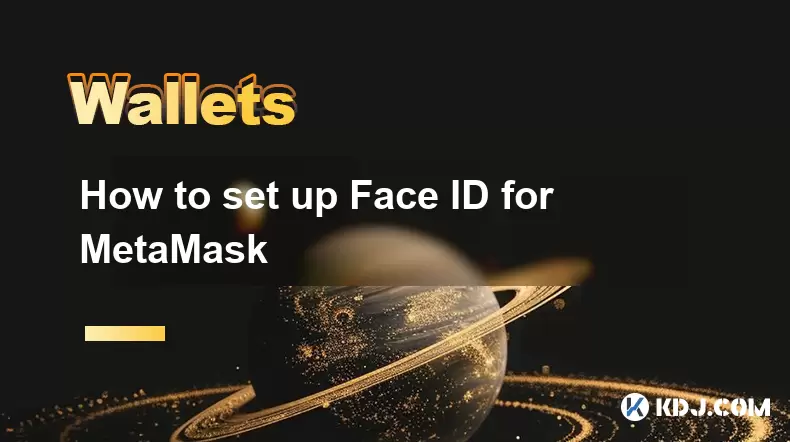-
 Bitcoin
Bitcoin $119000
-2.21% -
 Ethereum
Ethereum $4315
1.01% -
 XRP
XRP $3.151
-3.11% -
 Tether USDt
Tether USDt $0.0000
0.00% -
 BNB
BNB $808.5
-0.71% -
 Solana
Solana $175.8
-4.21% -
 USDC
USDC $0.9999
0.00% -
 Dogecoin
Dogecoin $0.2250
-3.92% -
 TRON
TRON $0.3469
1.77% -
 Cardano
Cardano $0.7818
-3.81% -
 Chainlink
Chainlink $21.47
-2.10% -
 Hyperliquid
Hyperliquid $43.30
-6.81% -
 Stellar
Stellar $0.4370
-2.84% -
 Sui
Sui $3.682
-4.40% -
 Bitcoin Cash
Bitcoin Cash $590.8
2.67% -
 Hedera
Hedera $0.2484
-5.20% -
 Ethena USDe
Ethena USDe $1.001
0.00% -
 Avalanche
Avalanche $23.10
-4.29% -
 Litecoin
Litecoin $119.2
-3.96% -
 Toncoin
Toncoin $3.409
0.90% -
 UNUS SED LEO
UNUS SED LEO $9.016
-1.29% -
 Shiba Inu
Shiba Inu $0.00001304
-3.82% -
 Uniswap
Uniswap $11.18
1.33% -
 Polkadot
Polkadot $3.913
-3.51% -
 Cronos
Cronos $0.1672
-3.08% -
 Dai
Dai $1.000
0.02% -
 Ethena
Ethena $0.7899
-4.70% -
 Bitget Token
Bitget Token $4.400
-1.23% -
 Pepe
Pepe $0.00001132
-5.93% -
 Monero
Monero $257.9
-6.44%
How does Trust Wallet switch between the mainnet and testnet?
To switch between Ethereum mainnet and testnets like Goerli in Trust Wallet, add the testnet manually using its RPC URL, Chain ID, Symbol, and Block Explorer URL.
Mar 29, 2025 at 09:29 am

Understanding Mainnet and Testnet in Crypto
Before diving into how to switch between networks on Trust Wallet, it's crucial to understand the difference between mainnet and testnet. Mainnet refers to the live, operational blockchain network where real cryptocurrency transactions occur and have real-world value. Testnet, on the other hand, is a replica of the mainnet, designed for developers to test new features, smart contracts, and transactions without risking real funds. Transactions on testnet are not real and have no monetary value.
Switching Networks Within Trust Wallet
Trust Wallet doesn't offer a simple, single-button switch between mainnet and testnet for every cryptocurrency. The method depends on the specific token or network you're using. Many tokens exist only on the mainnet, and some testnets might not be directly integrated into Trust Wallet. Therefore, understanding the individual network's requirements is essential.
Common Scenarios and Solutions
Scenario 1: Switching between Ethereum Mainnet and Testnet (e.g., Goerli, Rinkeby): This is one of the most common scenarios. You'll need to add the testnet network manually to your Trust Wallet.
- Add a Custom Network: In Trust Wallet, navigate to the 'Settings' section. Look for 'Networks' or a similar option. You'll likely find an option to add a custom network.
- Input Testnet Details: You will need to input the specific RPC URL, Chain ID, Symbol, and Block Explorer URL for the chosen Ethereum testnet (e.g., Goerli, Rinkeby). These details are readily available on the respective testnet websites. Ensure accuracy; incorrect details will prevent connection.
- Confirm and Add: Once you've entered the correct details, confirm the addition of the custom network. Your testnet should now be accessible.
Scenario 2: Switching for Other Networks (Binance Smart Chain, Polygon, etc.): The process is similar to Ethereum. Each network (BSC, Polygon, etc.) has its own testnet (e.g., BSC Testnet, Mumbai Testnet). You need to find the correct RPC URL, Chain ID, Symbol, and Block Explorer URL for the specific testnet you want to use and add it as a custom network in Trust Wallet, following the steps outlined above. The details are usually found on the respective network's documentation or developer portal.
Scenario 3: Tokens Only Available on Mainnet: Some cryptocurrencies only exist on the mainnet. In this case, there's no testnet to switch to. You'll only interact with the token on the mainnet using your Trust Wallet.
Scenario 4: Testnet Tokens Not Directly Supported: While Trust Wallet supports many testnets, some less-common ones might not be directly integrated. Again, adding a custom network with the correct RPC and other details is necessary.
Scenario 5: Switching Between Different Testnets: If you need to switch between different testnets (e.g., from Goerli to Rinkeby), you'll need to remove the current testnet and add the new one using the same custom network addition process. Remember to back up your seed phrase or private keys before making any significant changes.
Important Note: Always double-check the network details from the official sources of the specific blockchain you are working with. Using incorrect information will prevent you from connecting to the network.
Frequently Asked Questions
Q: What happens if I send mainnet tokens to a testnet address?
A: You will lose your funds. Mainnet and testnet addresses are incompatible. Transactions between them are irreversible.
Q: Can I use the same wallet for both mainnet and testnet?
A: Yes, you can use the same wallet, but you must add the testnet as a separate network within the wallet. Do not confuse your mainnet and testnet addresses.
Q: Where can I find the necessary RPC and other details for adding a custom network?
A: You can typically find this information on the official website or developer documentation of the specific blockchain network's testnet (e.g., the Goerli testnet website for Goerli Ethereum testnet details).
Q: What if I accidentally sent funds to the wrong network?
A: Unfortunately, there's usually no way to recover funds sent to the wrong network. This highlights the importance of carefully checking the network before sending any transactions.
Q: Is it safe to use testnet for testing my dApps?
A: Yes, testnets are designed for this purpose. However, always remember that testnet tokens have no real value.
Q: My testnet network isn't showing up in Trust Wallet. What should I do?
A: Double-check that you entered all the network details (RPC URL, Chain ID, Symbol, Block Explorer URL) correctly. Small errors can prevent the network from being added. Also, ensure your Trust Wallet app is updated to the latest version.
Q: Can I use a hardware wallet with Trust Wallet's testnet functionality?
A: The compatibility depends on the specific hardware wallet and the testnet. Check your hardware wallet's documentation and the specific testnet's requirements. Some hardware wallets might not support all testnets.
Disclaimer:info@kdj.com
The information provided is not trading advice. kdj.com does not assume any responsibility for any investments made based on the information provided in this article. Cryptocurrencies are highly volatile and it is highly recommended that you invest with caution after thorough research!
If you believe that the content used on this website infringes your copyright, please contact us immediately (info@kdj.com) and we will delete it promptly.
- PumpFun (PUMP) Price: Riding the Meme Coin Wave or Facing a Wipeout?
- 2025-08-12 16:50:12
- Arctic Pablo Coin: Meme Coin Growth Redefined?
- 2025-08-12 16:50:12
- Ether ETFs Surge: Inflows and Bull Signs Point to $4K ETH?
- 2025-08-12 16:30:12
- Bitcoin, Crypto Market, and CPI Anticipation: A New York Minute on Volatility
- 2025-08-12 16:30:12
- Bitcoin, CPI, and Market Fears: Navigating the Crypto Landscape
- 2025-08-12 15:10:13
- BTC Traders Eye ETH Targets as CPI Looms: A New York Minute
- 2025-08-12 15:10:13
Related knowledge

How to manage your portfolio in Exodus wallet
Aug 08,2025 at 10:07pm
Understanding the Exodus Wallet InterfaceThe Exodus wallet is a non-custodial cryptocurrency wallet that supports a wide range of digital assets. When...

How to reset your MetaMask password
Aug 08,2025 at 01:28pm
Understanding the MetaMask Password Reset ProcessMany users confuse the MetaMask password with the seed phrase or private key, but they serve differen...

How to buy Dogecoin on MetaMask
Aug 08,2025 at 03:42am
Understanding Dogecoin and MetaMask CompatibilityDogecoin (DOGE) is a popular meme-based cryptocurrency that operates on its own blockchain, originall...

How to switch between networks in Trust Wallet
Aug 09,2025 at 11:07am
Understanding Network Switching in Trust WalletSwitching between networks in Trust Wallet allows users to manage assets across different blockchains, ...

How to set up Face ID for MetaMask
Aug 12,2025 at 02:42am
Understanding Face ID and Its Role in MetaMask SecurityMetaMask is a widely used cryptocurrency wallet that allows users to interact with the Ethereum...

How to set up Face ID for MetaMask
Aug 11,2025 at 09:28am
Understanding Face ID and Its Role in MetaMask SecurityFace ID is a biometric authentication system developed by Apple that uses facial recognition to...

How to manage your portfolio in Exodus wallet
Aug 08,2025 at 10:07pm
Understanding the Exodus Wallet InterfaceThe Exodus wallet is a non-custodial cryptocurrency wallet that supports a wide range of digital assets. When...

How to reset your MetaMask password
Aug 08,2025 at 01:28pm
Understanding the MetaMask Password Reset ProcessMany users confuse the MetaMask password with the seed phrase or private key, but they serve differen...

How to buy Dogecoin on MetaMask
Aug 08,2025 at 03:42am
Understanding Dogecoin and MetaMask CompatibilityDogecoin (DOGE) is a popular meme-based cryptocurrency that operates on its own blockchain, originall...

How to switch between networks in Trust Wallet
Aug 09,2025 at 11:07am
Understanding Network Switching in Trust WalletSwitching between networks in Trust Wallet allows users to manage assets across different blockchains, ...

How to set up Face ID for MetaMask
Aug 12,2025 at 02:42am
Understanding Face ID and Its Role in MetaMask SecurityMetaMask is a widely used cryptocurrency wallet that allows users to interact with the Ethereum...

How to set up Face ID for MetaMask
Aug 11,2025 at 09:28am
Understanding Face ID and Its Role in MetaMask SecurityFace ID is a biometric authentication system developed by Apple that uses facial recognition to...
See all articles

























































































